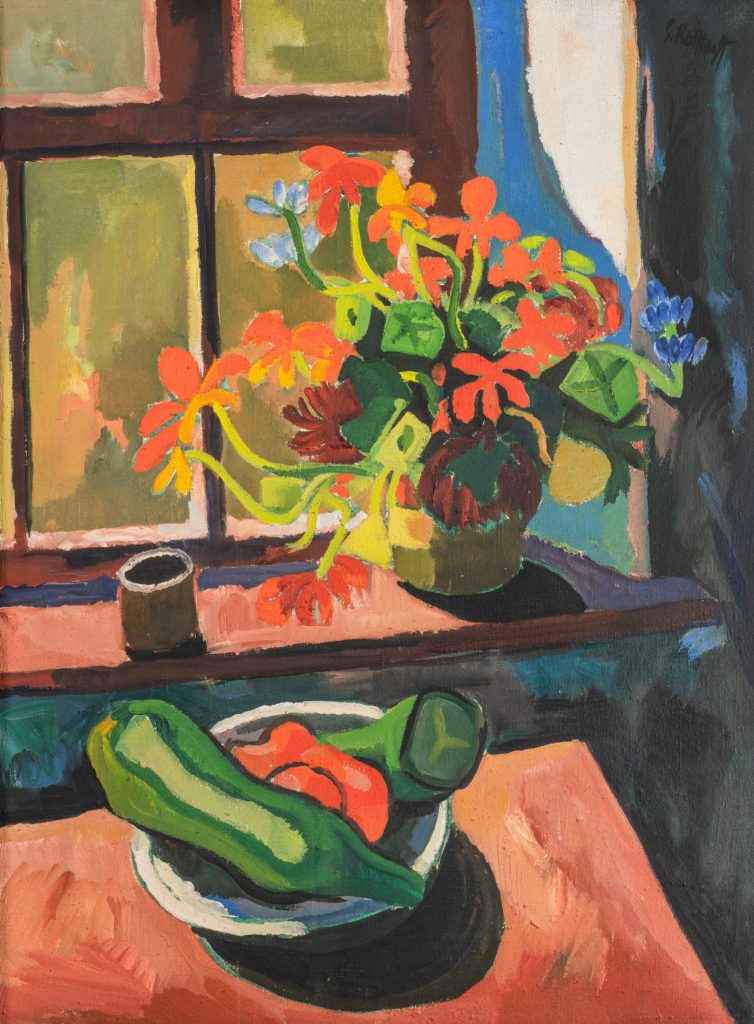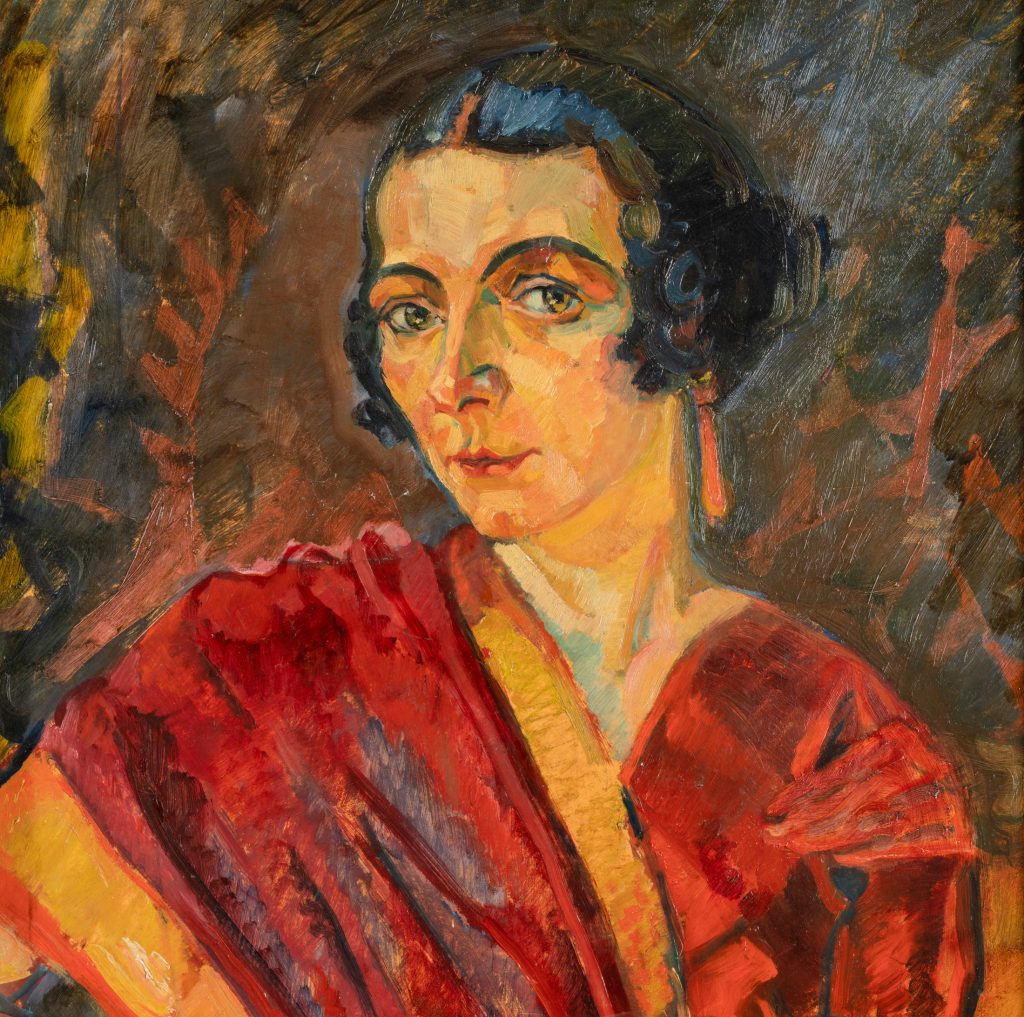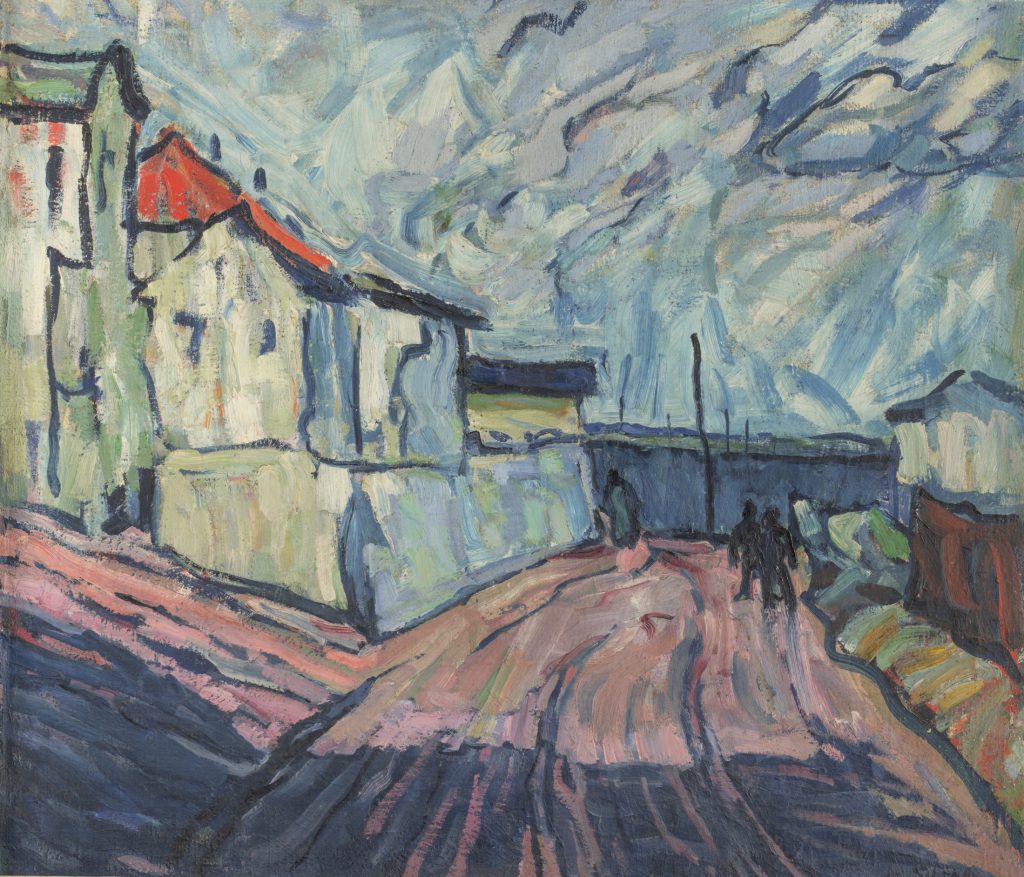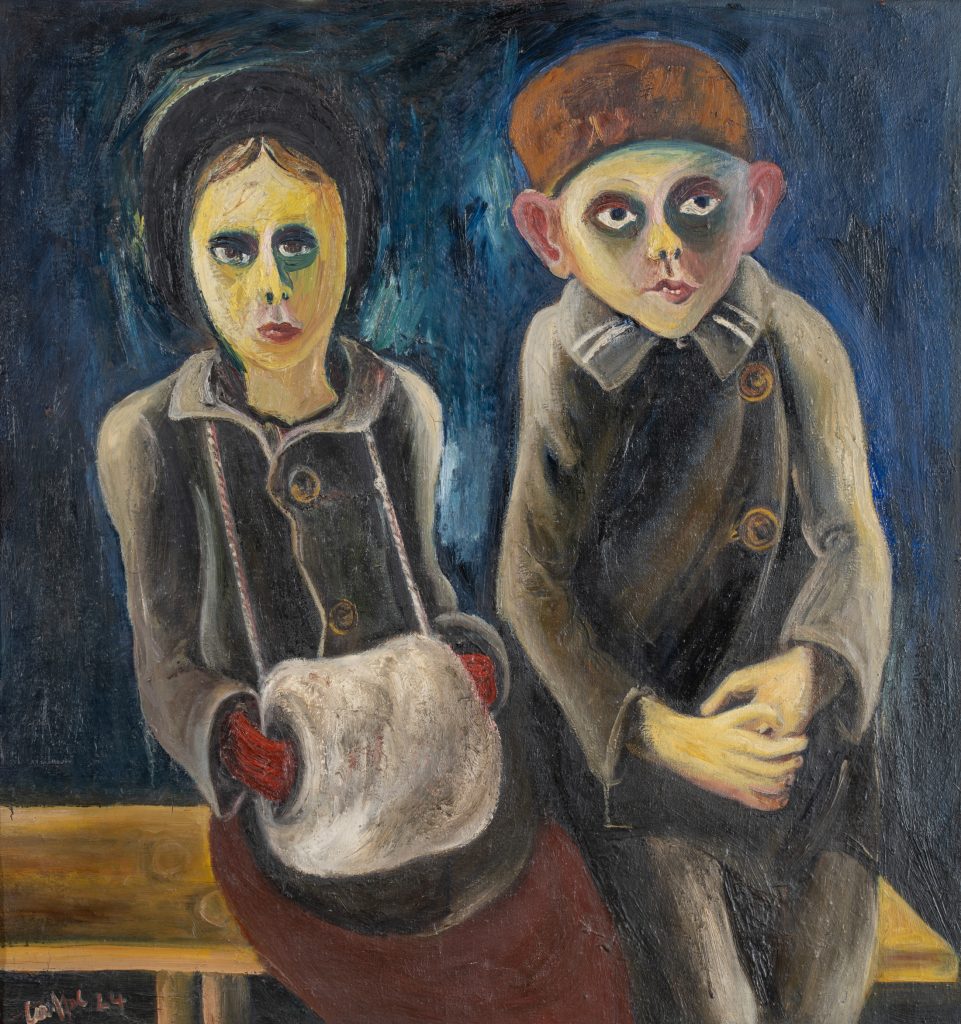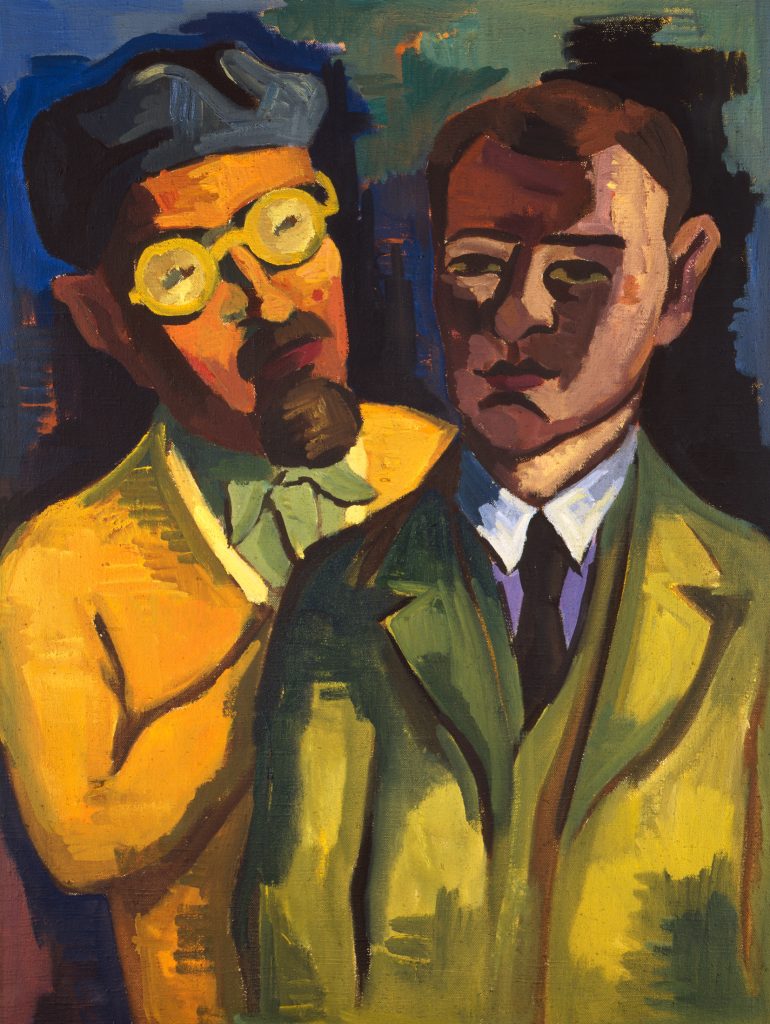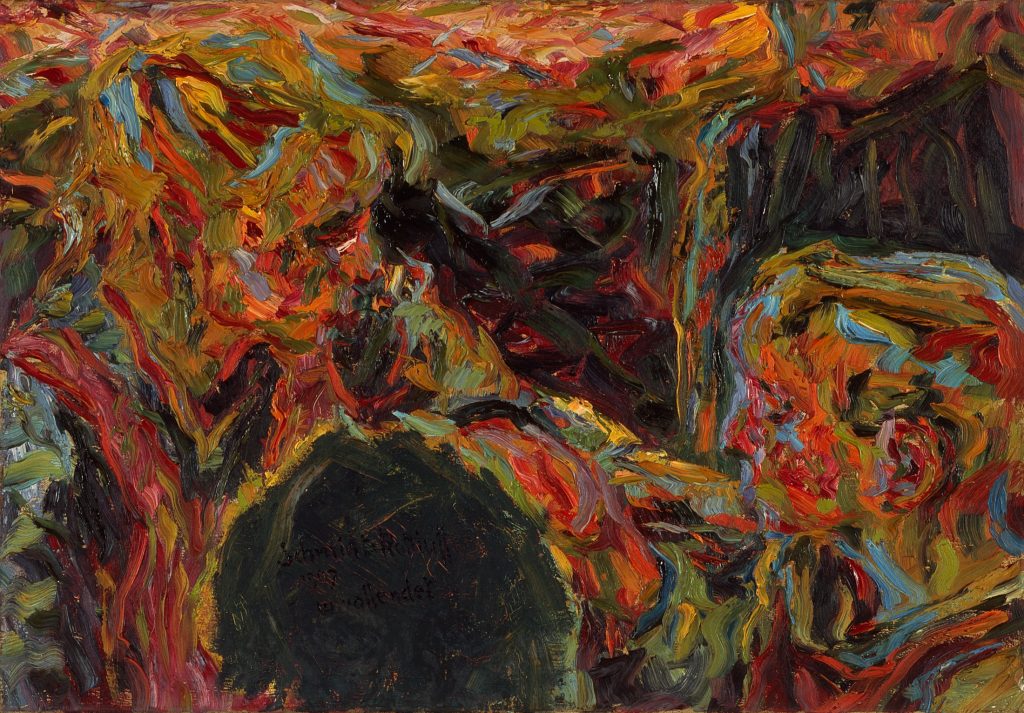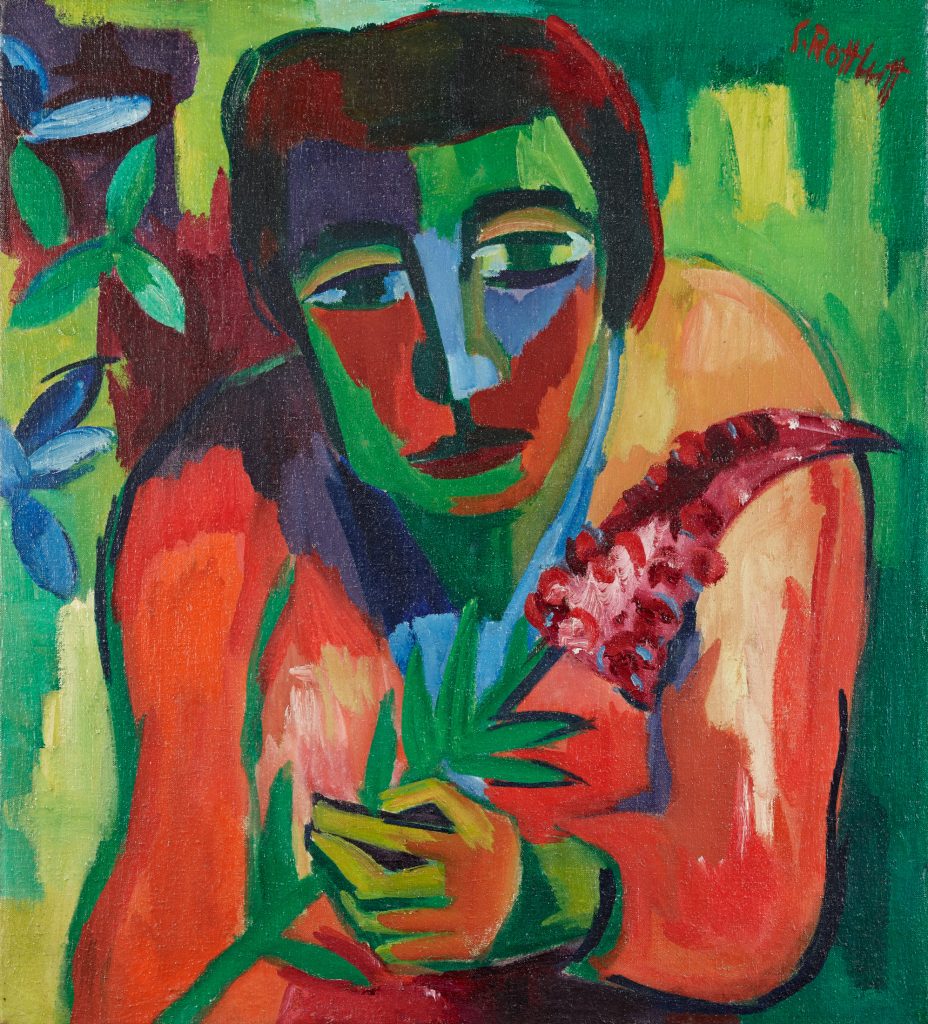Classical Modernism Painting and Sculpture
Karl Schmidt-Rottluff and Expressionism
Since its foundation in 1920, the programmatic self-image of the Chemnitz Art Collections has been focused on contemporary art. This selection shows, in addition to the Gallery of Modern Art on the top floor and the exhibition »Brücke and Blauer Reiter«, further representative works of Classical Modern Art; including works by Heinrich Campendonk, Lyonel Feininger, Max Beckmann, Carl Hofer, Gabriele Münter and, exemplarily, contemporary artists. The first director of the museum, Friedrich Schreiber-Weigand, had a particularly close relationship with Karl Schmidt-Rottluff, today the most important international artist from Chemnitz. The Chemnitz Art Collections house one of the largest collections of his paintings and graphic works.
Karl Schmidt-Rottluff is an authoritative representative of figurative expressionism. He co-founded the artist group »Die Brücke« in Dresden in 1905 with his friends Fritz Bleyl, Ernst Ludwig Kirchner and Erich Heckel. Following his artistic self-image, he advocated a free, non-academic art. This should bring the connection of life, perception and creation to direct expression.


